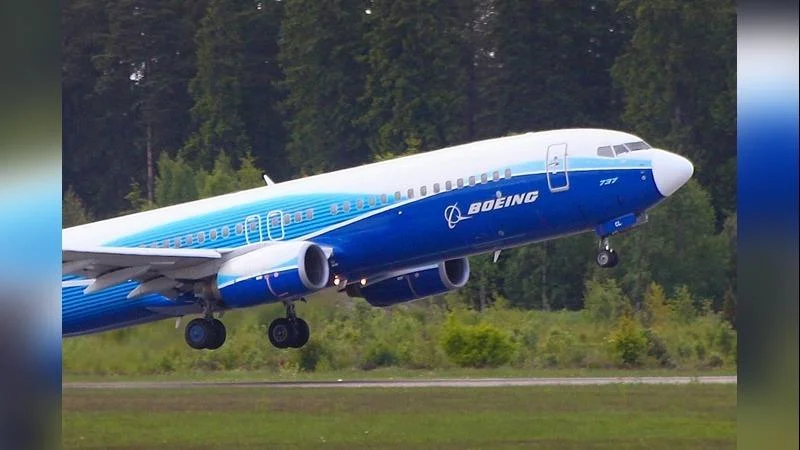Initial indications suggest that the pilot made several attempts to connect the autoflight while maneuvering the aircraft close to the ground in an area of high terrain at night in poor weather conditions. Drawing irrefutable conclusions from this information will be a challenge for the NTSB, but its final report will be one that many pilots will be anxiously awaiting. It had the effect of immediately reinforcing for me how important this topic is to contemporary aviation safety.
Inevitably, whether new to flying or a seasoned veteran with thousands of hours, every contemporary pilot will confront new technologies designed to increase safety margins and contribute to both efficiency and productivity. We all generally agree that those are good things—and wouldn’t have it any other way.
But unless we work for an organization that has resources to deal with these advances systematically through training and evaluation programs supported by a rigorous standardization team, many crewmembers are mostly on their own when it comes to smoothly blending traditional airmanship with contemporary automation. Whether adapting to enhanced vision systems like EFVS or SVS augmented with a head-up display (HUD), or the latest mandated communications-navigation-surveillance (CNS) systems and protocols, flight crews need extensive knowledge and proficiency which is not going to diminish in coming years.
Yet few training programs—even industry-leading ones—recognize the need for developing a balanced approach that blends proficiency with advanced flight guidance systems alongside traditional stick-and-rudder skills.
If you stay committed to a flying career long enough, eventually you will encounter conditions requiring manual control over automated systems. Yet real-world practice opportunities can seem scarce when aircraft and crew are engaged in revenue operations.
If you’re reading this thinking “Yeah, this isn’t a problem,” it may be because you haven’t yet experienced practical conflicts between manual control and onboard automated systems designed for flight path management. Aviation safety sources are plentiful; NASA’s ASRS system offers numerous reports detailing airborne crews grappling with autoflight systems in real time—a less than ideal scenario.
A recent search within NASA's ASRS database using criteria “Excursion from assigned altitude” plus “Human Factors/Human-Machine Interface” generated 648 results. These incidents highlight ongoing challenges where manual intervention could have been safer—a persistent issue our industry should address by refining relationships between hardware (aircraft integrated systems) and wetware (pilots).
This concern is shared by many pilots and has caught attention from researchers and regulators alike. ICAO is concluding its study on declining hand-flying skills—a significant research effort expected later this year—highlighted by Aviation Week & Space Technology journalists who noted increasing automation dependency over decades: from 22% during 1990-2010 up to 49% post-2010 among studied accidents/incidents involving flight-path issues.
The study states: “Technical advances in flight deck systems are not being supported with sufficient training or best-practices guidance,” leading many pilots towards excessive reliance on automation while lacking fundamental hand-flying skills.
Our research supports these findings; Convergent Performance emphasized mandatory hand-flying opportunities within SOPs as routine practice back in our book Automation Airmanship (McGraw-Hill Education). For instance: mandating manual departures instead of autopilot engagement at low altitudes fosters balance between autoflight proficiency versus manual control skills—though optimal policies depend on various factors including local conditions/experience levels/safety considerations necessitating continuous follow-up/fine-tuning post-implementation.
Veteran pilots’ experiences show preemptive decisions/briefings prioritizing manual control often precede potential conflicts over automated system use during flights.
Chris Lutat is managing partner at Convergent Performance/B777 captain/co-author "Automation Airmanship: Nine Principles Operating Glass Cockpit Aircraft."
Opinions expressed herein belong solely author/not necessarily endorsed by AIN Media Group.
 Alerts Sign-up
Alerts Sign-up




































